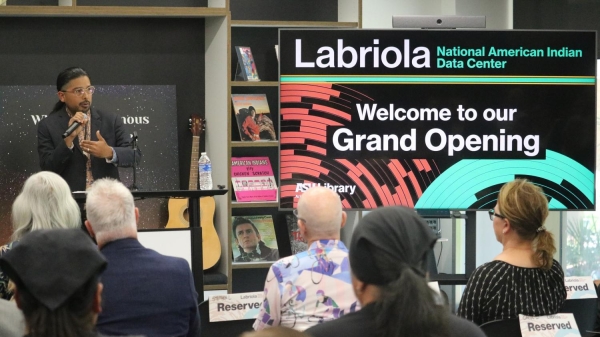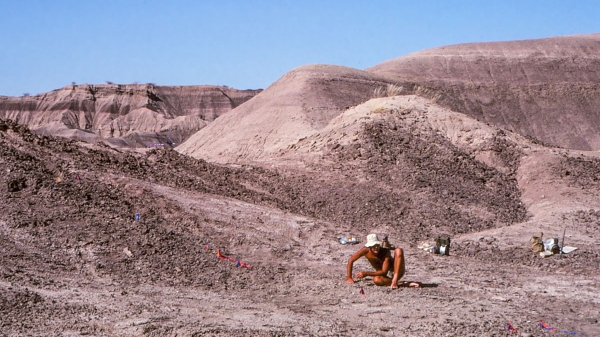Hohokam expert deems Mesa Grande important politically, culturally
Centuries ago, in central Arizona, the Hohokam created the largest system of canals in prehistoric North America. Today, evidence of that ancient people remains across the greater Phoenix valley.
Mesa Grande – the ruins of an important Hohokam village located in northwest Mesa – is considered one of Arizona’s major prehistoric treasures yet has long been closed to the public. Nearly 30 years after archaeologist Jerry Howard began working to save and secure access to the site, the Arizona Museum of Natural History is preparing to open to the public Mesa Grande, as well as a 1,200-square-foot welcoming center.
In a July 4 Arizona Republic article regarding the opening, Arizona State University archaeologist and Hohokam specialist David R. Abbott calls Mesa Grande a once powerful political center that controlled water for farming in the region. He hopes the site, along with other significant Hohokam locales – like Pueblo Grande – inspire a sense of connection to the land and the past in area residents, especially indigenous peoples.
Abbott, an associate professor in the School of Human Evolution and Social Change in the College of Liberal Arts and Sciences, said, “I think it’s very important for Native American communities. It’s a place for them to celebrate the accomplishments of their ancestors.”
Article source: The Arizona RepublicMore ASU in the news

ASU celebrates new Tempe campus space for the Labriola National Data Center

Was Lucy the mother of us all? Fifty years after her discovery, the 3.2-million-year-old skeleton has rivals
